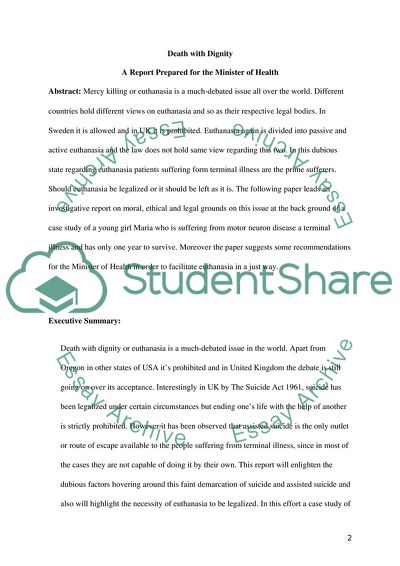Cite this document
(Death with Dignity Issue Discussing Assignment Example | Topics and Well Written Essays - 4000 words - 1, n.d.)
Death with Dignity Issue Discussing Assignment Example | Topics and Well Written Essays - 4000 words - 1. Retrieved from https://studentshare.org/social-science/1749528-death-with-dignity
Death with Dignity Issue Discussing Assignment Example | Topics and Well Written Essays - 4000 words - 1. Retrieved from https://studentshare.org/social-science/1749528-death-with-dignity
(Death With Dignity Issue Discussing Assignment Example | Topics and Well Written Essays - 4000 Words - 1)
Death With Dignity Issue Discussing Assignment Example | Topics and Well Written Essays - 4000 Words - 1. https://studentshare.org/social-science/1749528-death-with-dignity.
Death With Dignity Issue Discussing Assignment Example | Topics and Well Written Essays - 4000 Words - 1. https://studentshare.org/social-science/1749528-death-with-dignity.
“Death With Dignity Issue Discussing Assignment Example | Topics and Well Written Essays - 4000 Words - 1”, n.d. https://studentshare.org/social-science/1749528-death-with-dignity.


